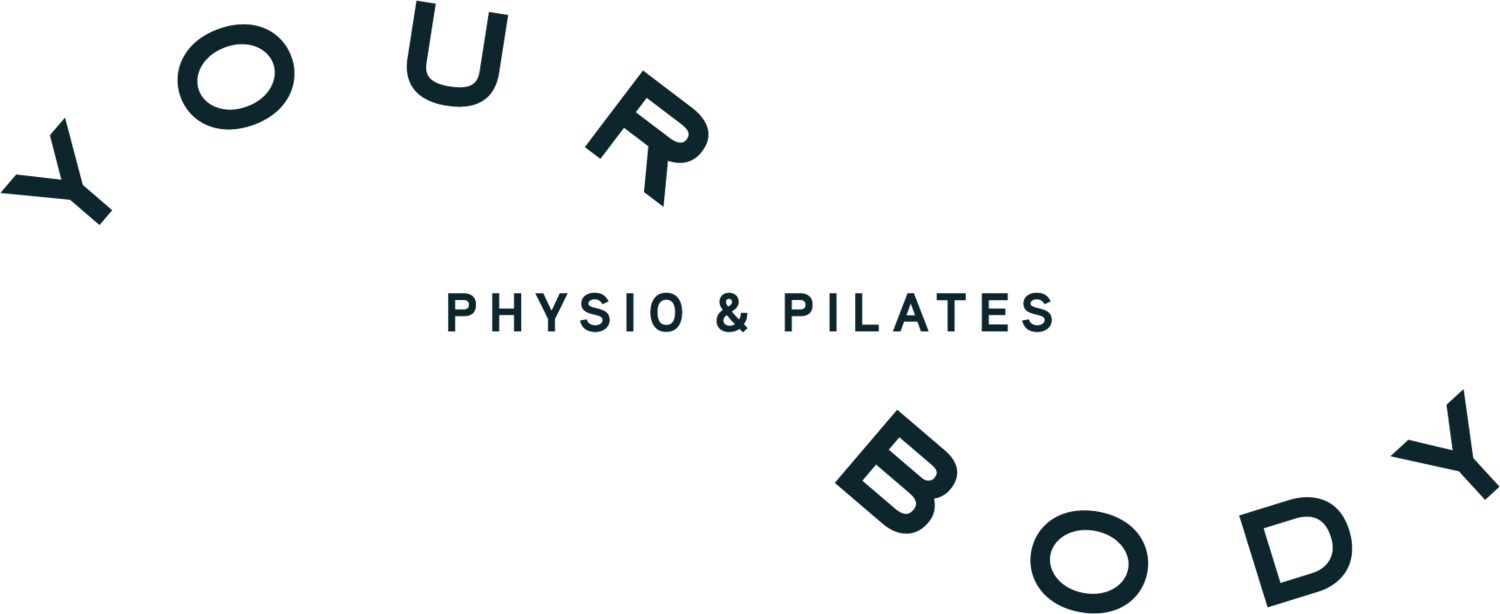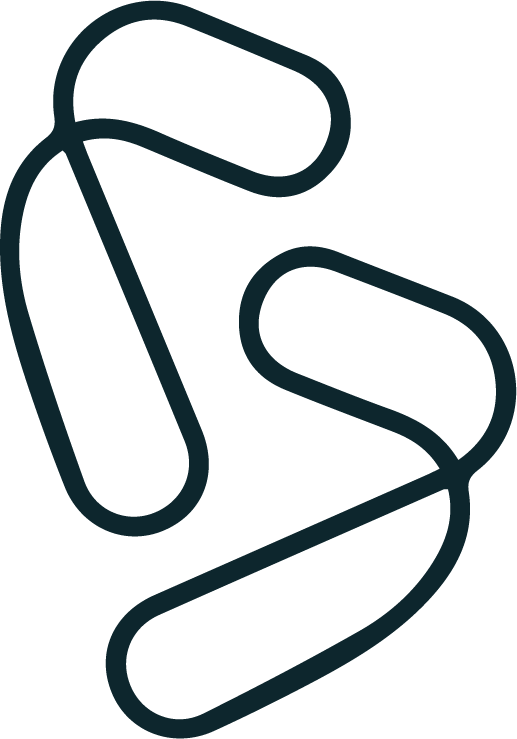How to Manage Common Sports Injuries
While there are many ways to injure yourself during training or a match, sprains and strains remain the most common injuries we see. You’ve probably heard, and likely experienced, these terms before, but what exactly are they and how do you treat sprains and strains?
Sprains
A sprain is an injury sustained to a ligament. Ligaments are bands of tough elastic tissue that connect one bone to another at the joint. Our joints have lots of ligaments to hold them in place and give them stability, and our ligaments’ jobs are to stop our bones from sliding side to side, in front or behind the bone next to it.
Typically, ligament sprains are caused by too much tensile force placed on the ligament, i.e., when the ligament gets pulled on too hard or too far. This usually occurs during sport if you fall, get tackled or twist on a joint. A rolled ankle is one of the most common examples of a ligament sprain we see every week in the clinic, particularly from running, basketball and netball. Shoulder ligament sprains are common in baseball and cricket players, while knee ligament injuries, such as an ACL sprain, are common with field sports like soccer and rugby.
There are three degrees of ligament sprain: Grade I, Grade II and Grade III.
· Grade I sprains involve a small amount of ligament fibres overstretching and sustaining an injury. Most of the ligament fibres are minimally harmed or unharmed and there is usually minimal instability in the joint as a result.
· Grade II sprains involve the injury of more ligament fibres. There can be tearing of some tissue, but there is still some remaining ligament tissue connected from bone to bone. This may give you moderate pain, swelling and instability of the joint.
· Grade III sprains involve the complete tearing of a ligament so the two ends are separated or the ligament has detached completely from the bone. This is a very serious injury and may require surgical repair.
Treatment for Sprains
Immediately after sustaining a ligament sprain, the best advice is to rest from sport and physical activity, ice the area, compress the joint, elevate the limb (higher than your heart), and move the joint gently and frequently. It is best to see your physio or doctor if you’re unable to bear weight on the joint to rule out the possibility of a bony fracture. Physiotherapy can help to manage symptoms, improve healing and commence rehabilitation to increase the stability and strength of the ligaments and joint following your injury.
Strains
A strain is an injury sustained to a muscle or tendon. It usually occurs when the muscle/tendon is overstretched or overloaded. Muscle strains are most common in your lower back, neck, hamstring, groin, calf, quads and large muscles of the shoulder such as the biceps. As with a sprain, strains involve some element of tissue tearing and are classified in different degrees.
· Grade I strains involve a mild injury affecting only a small number of muscle fibres. There is usually minimal or no pain, a small amount of localised swelling (or none at all) and this injury typically does not limit your movement or ability to exercise.
· Grade II strains are moderate and involve more of the muscle or tendinous tissue. This injury usually causes a moderate-to-severe amount of pain and discomfort, comes with moderate swelling, an inability to move the surrounding limb/joint through full range and is extremely tender to touch. The injury to the muscle fibres will decrease muscle strength, function and ability to perform exercise until successful rehabilitation. It can leave long-term deficits in muscle strength and hinder athletic performance if not properly treated and managed. Athletes often sustain repeated muscular strains to the same area if they return to sport and activity too soon after injury.
· Grade III strains are severe and involve the complete rupture or separation of the muscle, either into two parts or a separation of the muscle from the bone to which it attaches. The injury will cause severe swelling and pain and a major dysfunction of the surrounding limb or joint. When the muscle is completely torn, it can no longer perform its action over a joint, e.g., if an athlete sustains a grade III strain of their Achilles tendon, they will no longer be able to point their foot away from them or push their toes off the ground when walking. This type of injury typically requires a surgical consultation to discuss whether re-attachment of the muscle/tendon is an option for recovery.
Treatment for Strains
Immediate treatment for muscular strains is similar to that of ligaments, involving rest, ice compression, elevation and gentle mobilisation. If the strained muscle appears moderate-to-severe, either Grade II or III, immediate consultation with a doctor or physio is recommended. If the injury is in the lower limbs it may be advised not to bear weight on the leg for a number of days to allow for healing. Crutches may also be necessary. Your doctor or physio can advise you on this and discuss treatment plans.
Both sprains and strains are common injuries and unfortunately can be reoccurring. It is important not only to tackle the immediate symptoms of pain and swelling following a sports injury, but to also rehabilitate the area to increase strength, stability, proprioception, balance and neuromuscular control of the affected body part.
Too many injuries do not fully recover as the person does not receive a long-term strengthening and rehabilitation plan to gradually return them to sport. Diving straight back into exercise after a sprain or strain can re-injure the area and delay healing times. Speak with your physio about gradual return to sport programming after a sprain or strain to find out the safest and best way for you to rehab your joint and return to the season without causing long-term damage.

